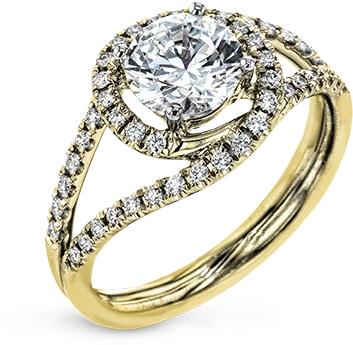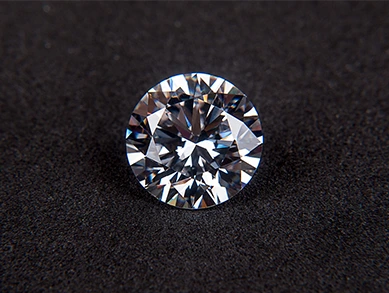Diamond Selection
Diamonds are a marvelous gift from Mother Nature that represents beauty and splendor like nothing else.
Learn About Diamond
The right jewellery may translate a simple look into a magnificent, classic look. Never be afraid to try new things, whether you prefer a traditional design, rose gold or gold, or even a combination of the two. Jewellery allows you to accessorize confidently and express your unique style. There is plenty of different jewellery made with various metals that each has its extraordinary personality. We're confident that we'll be able to find something that best suits yours.

The word ‘gold’ originates from the Old English word “geolu” which shows yellow. Gold always has attracted civilizations from all over the world. It has traditionally become appreciated as a valuable and attractive artifact. Often, it played an important role in mythology because of its golden color and has become still considered an antique treasure today.
Gold, in a range of colors, is just as pure as its yellow cousins. As pure gold is too soft for jewellery, it mixes with alloys, which will provide the required durability. Each metal hue has its hue, resulting in a spectrum of white, pink, red, green, and other tones. White gold becomes made of nickel and silver, whereas pink gold becomes made of copper and becomes made of green gold or silver. The alloys used for their various karat weights can also affect the shades of yellow gold. The model represents the separate gold color palettes.
Natural gold and color-saturated alloys present yellow gold jewellery with its gorgeous shine. It’s magnificent, pleasing to the eye, and integrates most skin hues. Diamonds mounted on gold rings are what “happily ever after” cover.
Rose gold, also known as pink or red gold, becomes formed by raising the copper-color alloys alloyed with the gold and reducing the silver-color alloys. There is more copper in the alloy than 14K gold, 14K rose gold is slightly pinker than 14K gold. Rose gold has made from 18 k gold, which contains 25% copper and becomes seen in antique and Russian jewellery. It has a specific, but not prominent, red tint.
The ultimate process of making White Gold involves plating the metal with a layer of Rhodium to give it its bright shiny white lustre. Rhodium is a gleaming white metal that is highly durable and long-lasting. The Rhodium plating may wear off with time, showing the yellow Gold underneath; however, it will fix by a jeweller who can redo the Rhodium coating. Palladium or nickel could create white gold alloys. The appearance of white 18-carat gold with 17.3 percent nickel, 5.5 percent zinc, and 2.2 percent copper is silvery. The corrosion of high-carat white gold alloys is much higher than that of pure silver or sterling silver.

Diamonds are a marvelous gift from Mother Nature that represents beauty and splendor like nothing else.
Learn About DiamondThe purity of gold in 18k gold is 75.0 percent. We highly recommend 18K for luxurious jewellery.
The purity of 24K gold is 100 percent. This form of gold is very soft and cannot be used to manufacture jewellery.
